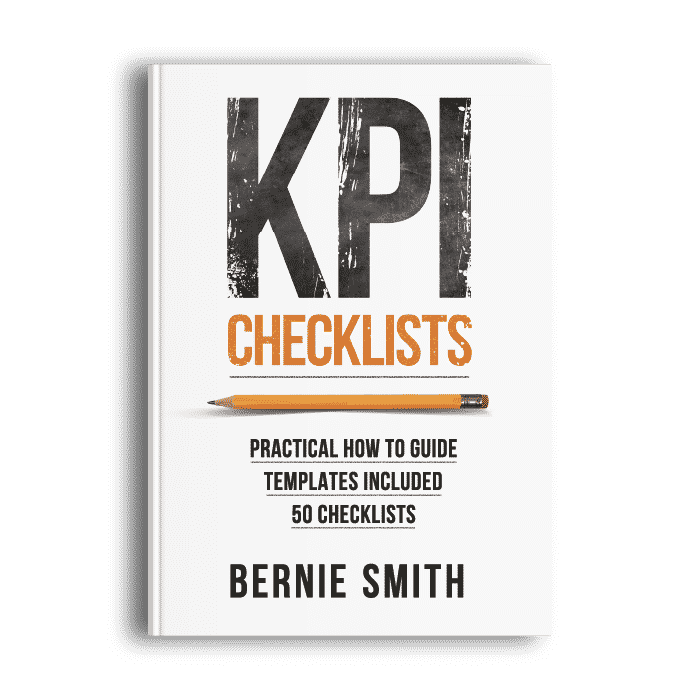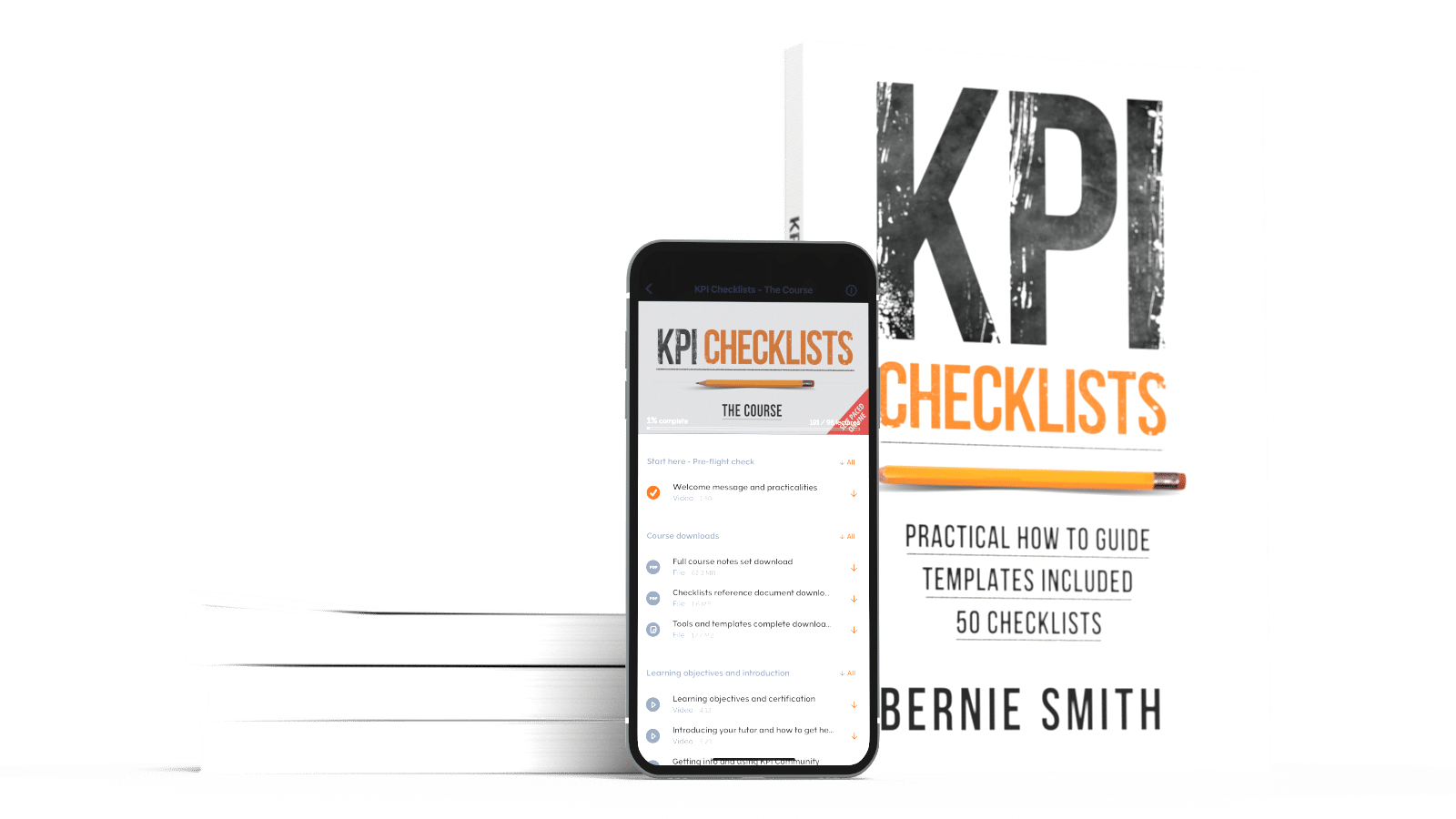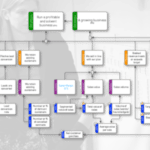Free Meetings Terms of Reference Template

Report bloat is a significant problem in many organisations. Much of this problem stems from the people producing reports and dashboards not being clear on how they are being used and which parts of their output are even looked at. In short, they don't understand the purpose of their reports.
To design reports and dashboards efficiently, we need to clearly understand that mission. A meetings Terms of Reference is the simple one page document we use to do this.
After years of watching how organisation 'really' use management information, I am more than a little sceptical. If we put my scepticism to one side, most meetings should centre on decisions based on good information and analysis. The reports and dashboards you will be prototyping in the next step should feed those meetings with the right information. Without being absolutely clear on what a meeting is for, you have little chance of supplying the right reports and dashboards.
You need to know precisely what reporting input is required for your meetings. This is done through a meeting’s ‘Terms of Reference’ or TOR, normally a one-page document outlining the inputs, outputs and objectives of a meeting.
The critical questions for a meetings Terms of Reference
-
- What is the purpose of the meeting?
- What is the scope of the meeting? Which part of the organisation, approval level etc.
- What are the inputs for the meeting? Data, reports, samples etc.
- What are the outputs of the meeting? E.g. Decisions, budget approval, judgements, sign-off etc.
- Who should be there? By role and authority.
- How often does the meeting happen?
- Where does the meeting happen?
- How long is the meeting?
It's best to summarise the answers to these questions in a one-page document and circulate to the proposed meeting attendees for sign-off. You can download a free template (which also covers some more detailed questions) using the form below...

Terms of Reference PowerPoint template: Free download
Go live with a meeting’s Terms of Reference
The most effective way to implement a new Terms of Reference is gently but persistently. As a rule, ‘big bang’ introductions don’t work for very long and are quickly forgotten. It requires sustained reinforcement to get people to modify their behaviour. The Chair is in the best position to exert this sustained pressure, so they need to be up to the job.
Learn more about meetings Terms of Reference and other tools
The meeting Terms of Reference is just one tool from the ROKS method, a unique KPI selection and design process, designed by performance strategy expert Bernie Smith. To find out more, check out his book 'KPI Checklists' or e-learning course below...




![Complete Guide to the OKR Framework: How to Create OKRs for Your Team [2024] okr kpis and targets logo](https://madetomeasurekpis.com/wp-content/uploads/2021/12/okr-kpis-and-targets-logo@2x-150x150.png)




